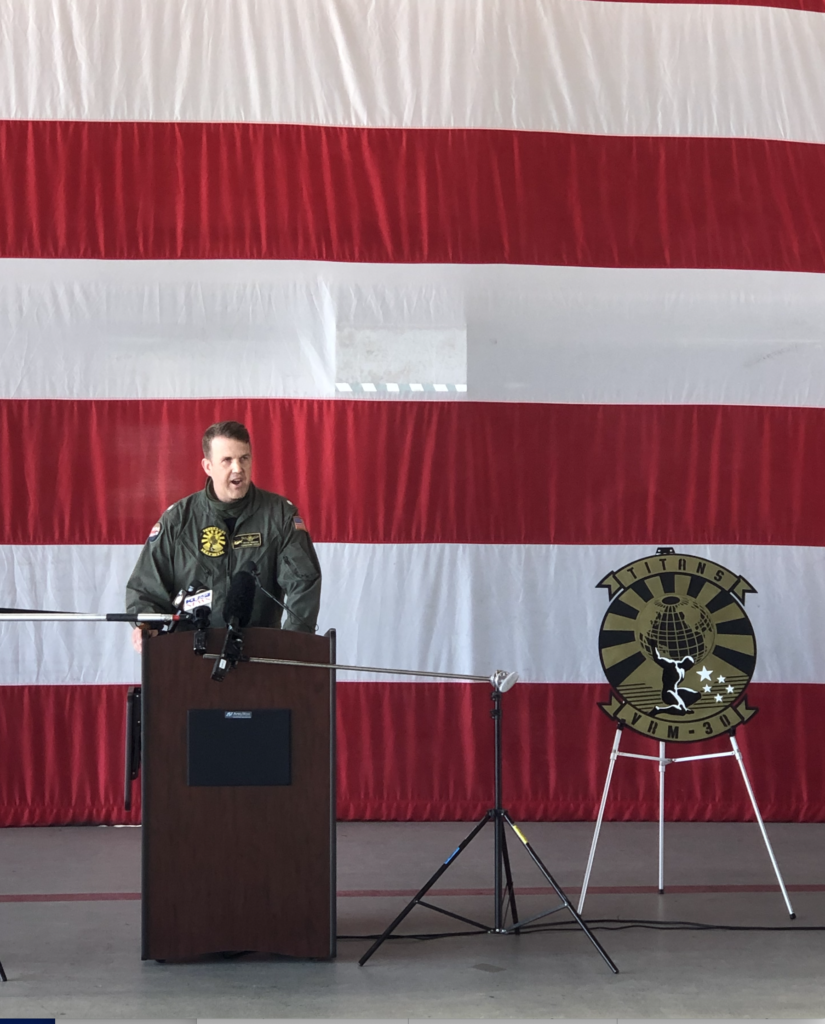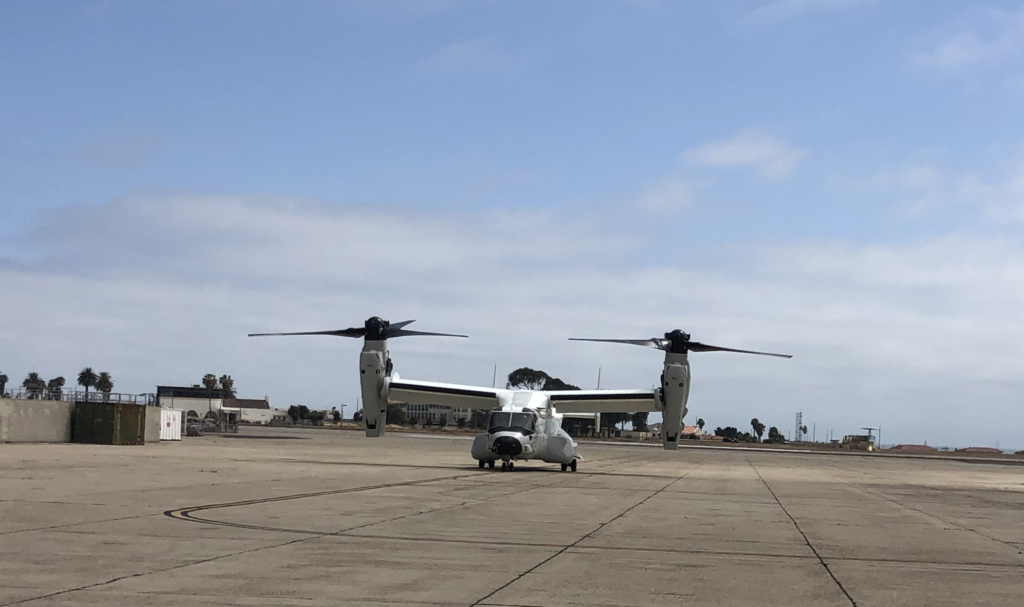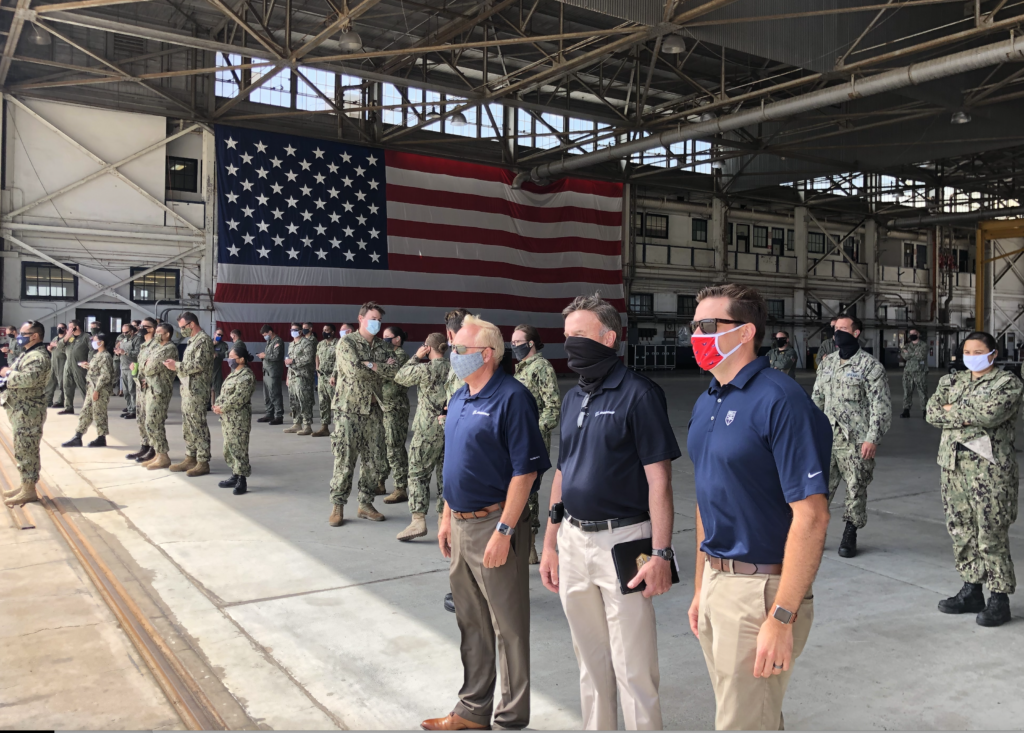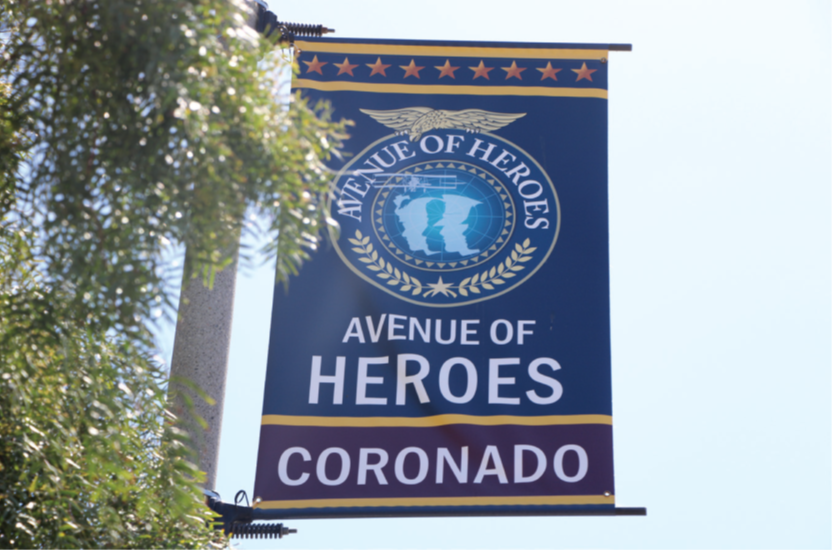
The Navy’s first operational CMV-22B Osprey, the replacement for the C-2 Greyhound carrier onboard delivery aircraft, arrived at Naval Air Station North Island June 22. The aircraft is the first of 18 aircraft to be assigned to Fleet Logistics Multi-Mission Squadron THREE ZERO (VRM-30), the Navy’s first CMV-22B squadron established in December, 2018. The Sailors of VRM-30 have been anxiously awaiting the arrival of their first aircraft after having worked tirelessly for 18 months, building their squadron from the ground up. In a socially distanced welcoming party VRM-30 along with members of the VRM Wing and other Naval Aviation Leadership cheered as the Osprey rolled to a stop on the flightline of its new home.

“The arrival of this extremely capable aircraft is exciting, especially for the Sailors of VRM-30 who have been working so hard for so long; this arrival takes it from a notional airplane to the real thing,” said CAPT Dewon Chaney, Commodore of Fleet Logistics Multi-Mission Wing (COMVRMWING). “They will have pride in ownership and know that their mission is to keep this aircraft airborne to support the fleet, so this is a great day for Naval Aviation.”

The establishment of any new, first in class aircraft brings with it many challenges in development of training, operational and safety procedures and integration. The Navy has taken a very measured approach to ensure this aircraft is safely integrated into the fleet. Commander Trevor Hermann, Commanding Officer of VRM-30 has spent the last 18 months leading his team through those challenges. “We have brought folks from three different communities [the helicopter community, the COD community and the Marine Corps] along with their varied experience and expertise, together to form the VRM community. Our biggest challenge is to coalesce a team that has been spread across three bases and eight squadrons during this stand up. To be prepared and ready for operations we have leveraged the 20 years of Marine Corps experience with this aircraft and had our Sailors training with them, deploying with them and bringing their new knowledge back to the fleet. We have a group of very ordinary people accomplishing extraordinary things and I couldn’t be more proud.”
During the VRM-30 establishment ceremony, Vice Adm. DeWolfe Miller, Commander Naval Air Forces said, “Where no instructions existed, no patch existed, no ‘here’s how we are going to perform our duties everyday’ existed, this team will define that. And it’s exciting because we can establish right off the bat those best practices. This platform is our future and when you look at the nature of the future fight, we need that versatility, that flexibility.”

The Osprey will bring enhanced capability to the Navy’s Carrier Air Wing team, providing logistics support by means of cargo and personnel transport from shore bases to aircraft carriers at sea. In what has been described as an acquisition success in terms of delivering capability to the fleet with speed, this milestone arrival comes after just over four years of procurement, design, production and testing.
“It has been impressive to see industry, despite the challenges that COVID 19 introduced, continue to push forward, go to work with new procedures and get the job done,” said Deputy Commodore Sam Bryant about the team at Bell Boeing who built the Osprey. “There is a reason they are considered critical infrastructure and essential workers, they come to work with the same kind of patriotism we share within the Navy. They got it done and are delivering the aircraft on time and that is an incredible feat.”

While the aircraft arrival marks the beginning of a new era in Naval Aviation, there are still many requirements to be met prior to its first deployment. VRM-30 has a plan in place to achieve the aircraft interim “safe for flight” in September, with work ups and the first deployment coming within the next year. The Osprey will deploy with the Navy’s newest jet, as it is the only aircraft in the fleet capable of internally transporting the F-35C Lightning II engine power module.

At the Wing establishment ceremony in October 2019, Miller said, “The aircraft carrier remains the centerpiece of naval power, and carrier strike groups bring unparalleled power to the fight. No other weapons system has the responsiveness, endurance, battlespace awareness, and command and control capabilities of a nuclear-powered aircraft carrier, its embarked air wing and accompanying ships.” Miller went on to say that as our adversaries evolve, so must our ships, aircraft training and tactics; the COD mission has played a pivotal role for carriers since the first TBM Avenger in World War II, and the C-2 Greyhound has filled that role admirably since 1965. “The CMV-22 Osprey is not only part of our future,” emphasized Miller. “It’s part of our ‘now’ that’s going to be provided in every subsequent squadron that transitions.”
VRM-30 will have a total of 18 CMV-22B Ospreys when fully equipped and are expected to accept delivery of one per month over the next 10 months. When asked if the Osprey is louder than the COD, the leadership team shared that it sounds very different from a COD, it is not as loud inflight or taxiing, or when performing maintenance, however it is louder when transitioning to a hover, but that is only for a short period of time. The C-2A aircraft will be phased out over the next few years as the Osprey detachments replace them within the airwing.
“The Osprey brings unmatched capability to the carrier strike group,” said Chaney, ” and the Navy’s Osprey is on the leading edge of capability with the most advanced modifications included upon delivery.” The CMV-22B is capable of transporting up to 6,000 pounds of cargo and/or personnel over a 1,150 nautical mile range. The CMV-22B variant also has a beyond line-of-sight high frequency radio, a public address system for passengers, and an improved lighting system for cargo loading.




